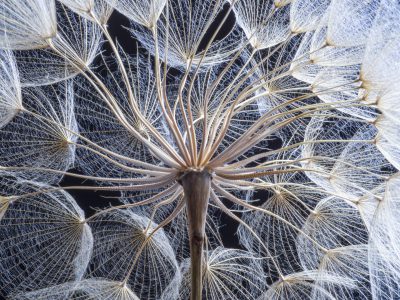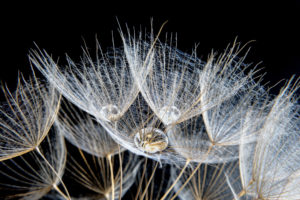
The Dandelion. Naturally engineered to thrive.
We’re all familiar with the picturesque scene of a meadow covered in the distinctive appearance of millions of dandelions in full flower but the secret of their success is often unknown. The commonly found species has developed a remarkable set of ‘engineered’ solutions to solve the challenge of reproducing and distributing the natural code locked away in its seeds. Unlike many flowering plants, dandelions can produce seeds without the need to share their genetic information with others.
But the real wonder is in the engineering of the flower head and its capability to adapt to the ecosystem in which it lives. Dandelions are common in the Northern Hemisphere where weather conditions and soil types are varied and changeable. The plant’s success is in part down to its ability to clone itself but also its adaptability to these changing environments. After the petals of the flower shrivel and drop off, the flower head becomes a ‘blowball’ of delicate seeds. The ‘parachutes’ that we associate with the plant, appear from the flower head. Its seeds become more dislodgeable ready for distribution by a gust of wind. The flower head has a unique ability to adapt to the conditions in which it finds itself. The seed and parachute actually adjusts its shape depending on the moisture in the air. This allows the plume of seeds to close up, making it harder for them to be dislodged from the stem as it waits for better conditions.
Once on the move, these seeds and their intricate parachutes benefit from a unique shape that aerodynamically alters the way they ‘fly’ in a breeze. They create a type of vortex that ensures the seed is more successfully distributed by increasing its ability to rise in the air and not just be blown away downstream from the conditions in which it is able to grow.


